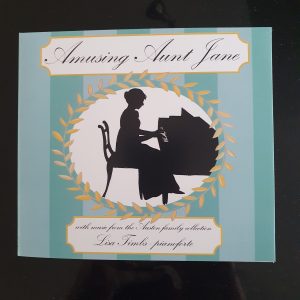Regency Music
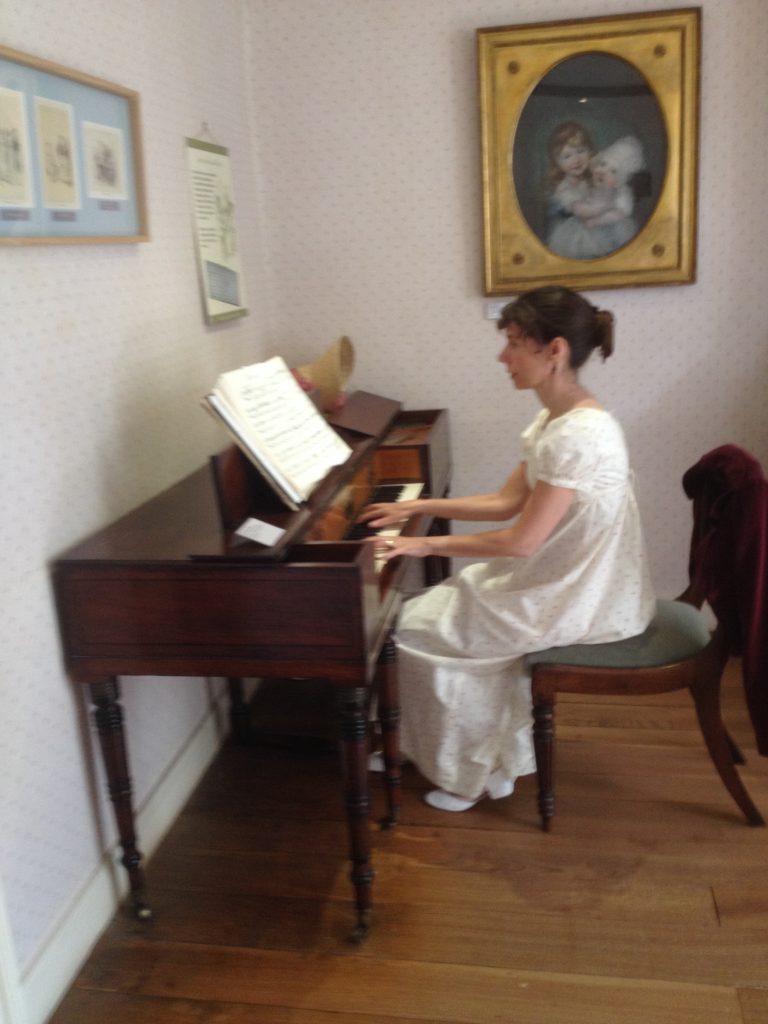
Strictly speaking the Regency Period refers to the decade when George IV stood in for his father during his phases of ‘madness’ but it more often covers a longer time frame from 1795-1837 taking in the latter part of the reign of George III and the reigns of his two sons until Victoria took the throne. Either way, it is a relatively small space within which an incredible amount of change took place. This is what has always drawn me to it. It seems like a breath of fresh air between the highly corseted, restrictive Georgian era and the overly decorated Victorian one. I love its neo-classical elegance and am fascinated by the massive upheaval occurring in all areas of society. War raged with Napoleon but despite the bloodshed and potential change in the whole world order, Britain was revelling in a time of huge refinement and cultural achievement with the greatest patron of the arts being ‘Prinny’ himself.
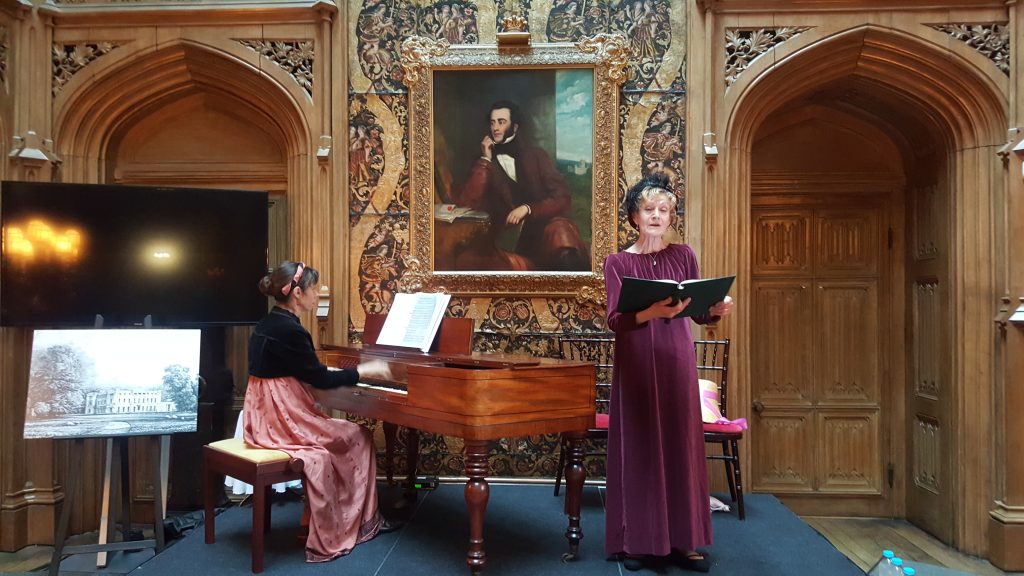
The seeds of the industrial revolution were planted here. One of the first mechanised industries was that of piano making and it is here that we come across the phenomenon which is the square piano. Well, it’s oblong, but its name separates it from the ‘grand’ piano shape that only the very rich could afford. Square pianos were small and comparatively inexpensive and appealed to the newly emerging middle classes who wanted to copy what their richer neighbours were doing, but on a budget. There were so many patents for this type of instrument that it was rather like buying the technology of today, as soon as you’ve bought the latest model, it is superseded by a slightly better one. They were a status symbol – the more modern and ornate your piano, the more prestige it gave you. So popular were they that here came a point when manufacturers could not keep up with demand and Broadwood wrote to his wholesaler ‘would to God we could make them like muffins.’
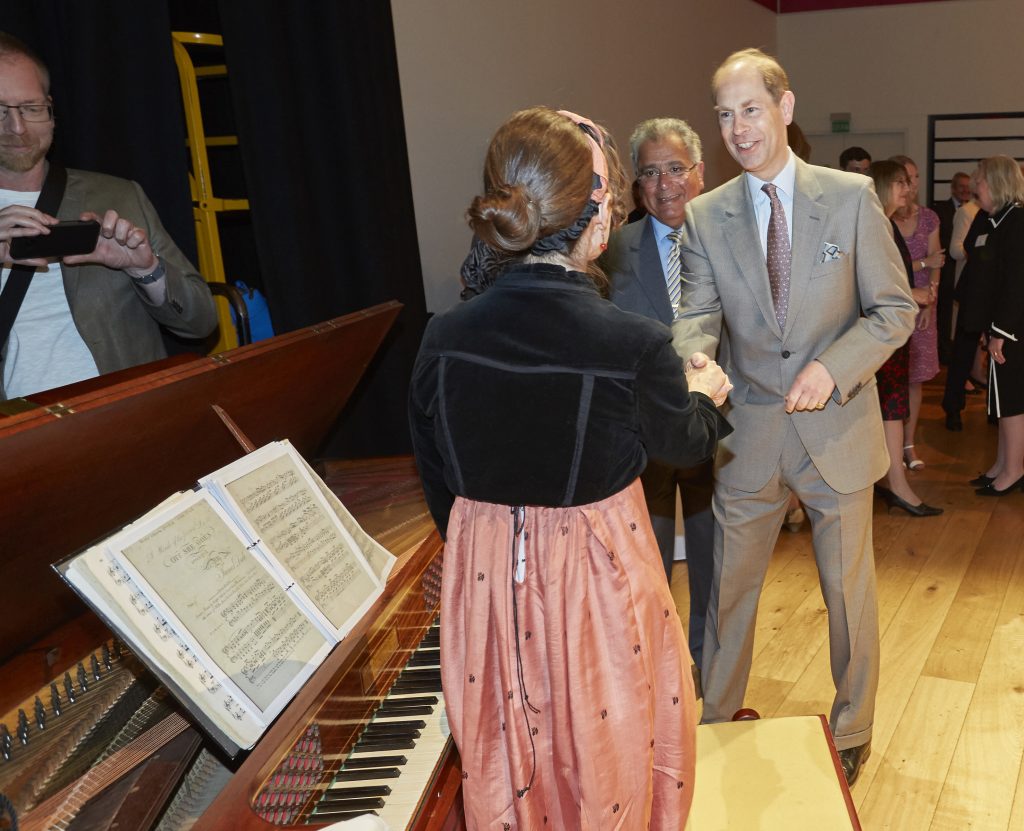
There were various sources of professionally performed music available in the Regency era, if you had the money, and these included the occasional concert, a trip to the pleasure gardens, circus type entertainments, the theatre or, probably the most easily accessible, music played at balls or dances. However, to hear your favourite tune played more often than once every few years, you would need to play it yourself, or more specifically, get the female members of your family to play it. It is this domestic music making that caught my imagination and what I attempt to reproduce in my performances.
Music was an essential ‘accomplishment’ for any young woman wishing to enter the marriage market. Competition was tough as most of the eligible men were being killed off in the Napoleonic wars so any skill that put you one step above your rivals was considered worth pursuing. These accomplishments could also include singing, drawing, dancing and elegance of demeanour. For Mr. Darcy, or should we really assume, Jane Austen, ‘the improvement of her mind by extensive reading’ is a necessity if you want to attracted a top quality husband, but that was a rarefied opinion.
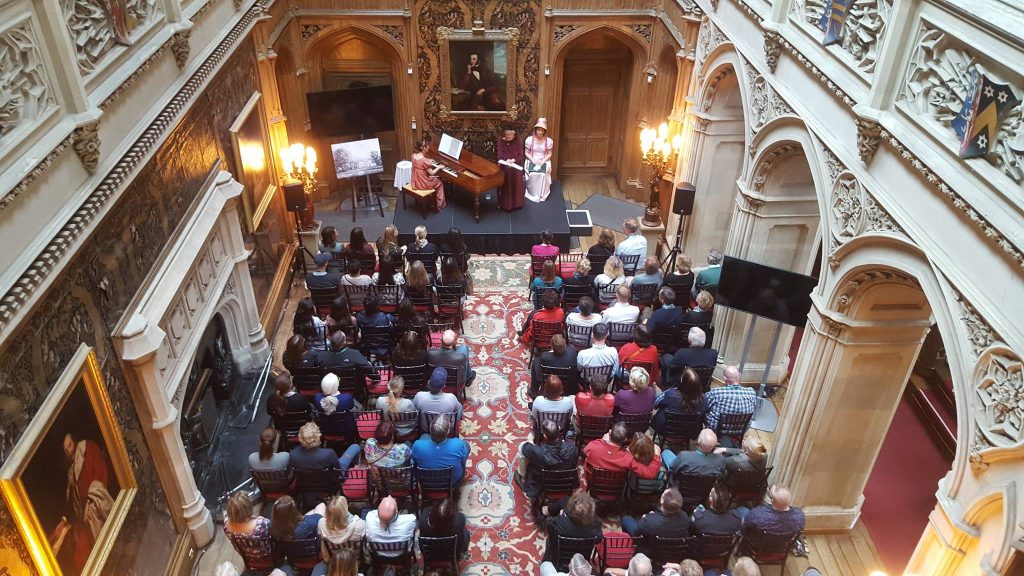
It was to the music owned and played by Jane Austen, who was an accomplished pianist herself, that I was drawn and with privileged access to all of the original albums of music belonging to her and her female relations I set about discovering what music meant to her personally and to society in general. What a fascinating and eclectic mix there is to be found there, from religious music, to country dances, to bawdy songs, it shines a light on the character of the illusive Miss. Austen and the other women of the family with whom she shared these items. Much of it is painstakingly hand copied, as sheet music was so expensive, and that in its own right must tell us a lot about her famous attention to detail. More importantly I think it shows us how much it meant to her. I am convinced that music was much more than a means to an end, but instead represented mental stimulation and emotional release. With so many rich veins of music passing through her own life it seems inevitable that music plays a huge role in her novels, and we see time and time again how she uses it to show us subtle things about a character’s personality, or as a plot device to bring people together, as it did in life.
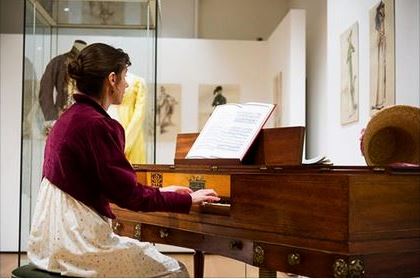
I have given lecture recitals about the subject and, with the aid of my own beautiful Broadwood square piano made in the 1820s, have been lucky enough to perform the music that I discovered in the Austen collections, along with other music of the period, in some stunning venues in order to recreate that irresistible Regency atmosphere.
If you would like to enquire about how I might add an element of music to your event or venue, please head to the contact page and send me a message.
Listen to excerpts from Lisa's upcoming new album 'Amusing Aunt Jane'
